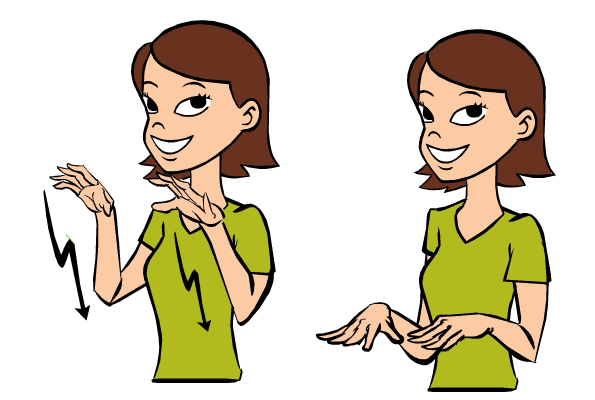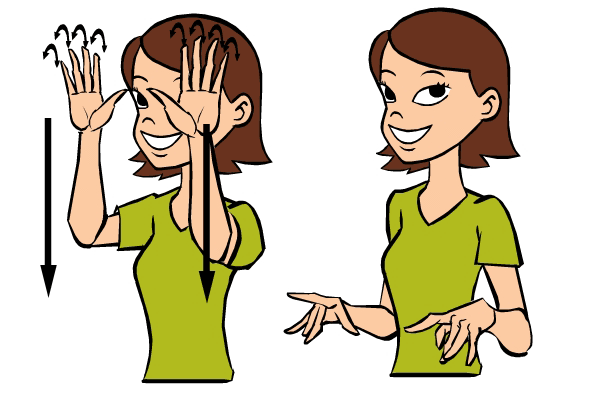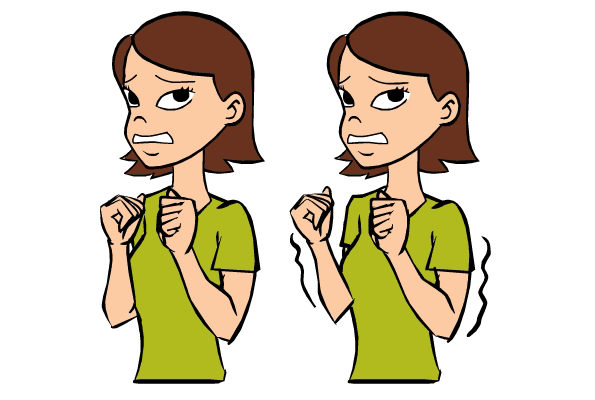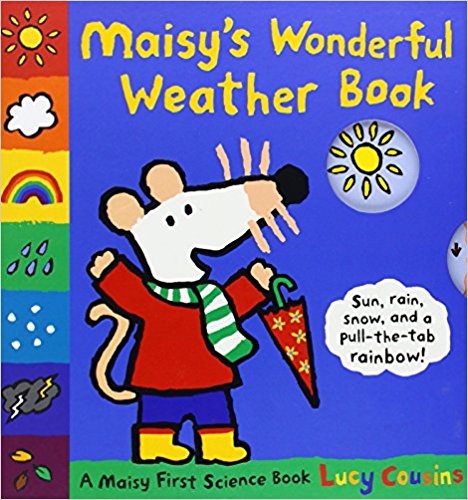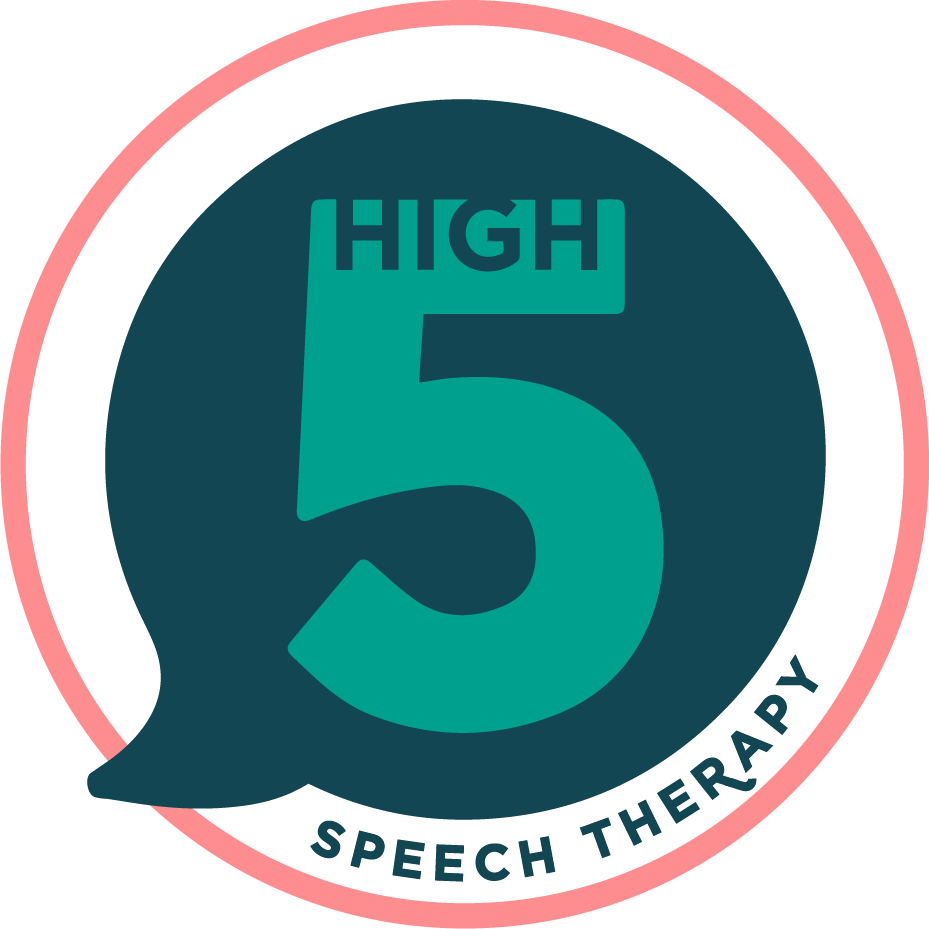Fun foundations class: weather!
Weather
I love to work on building vocabulary around the experiences we have on a daily basis - and weather is one of those! While we don't often think about teaching weather vocabulary as first words, kids are fascinated by weather! When they learn the vocabulary to talk or sign about it, we are giving them the power to COMMENT on their environment.
The reasons that people communicate vary, and most babies and toddlers are highly motivated to communicate their physical and emotional wants and needs (e.g. needing milk, food, sleep, comfort from a parent, etc.). However, language serves other functions as well, including:
When we explicitly teach vocabulary about things in the environment, we are giving our children the language to use communication for something other than requesting - they can comment, ask questions and narrate when they can talk about the weather!
I love to work on building vocabulary around the experiences we have on a daily basis - and weather is one of those! While we don't often think about teaching weather vocabulary as first words, kids are fascinated by weather! When they learn the vocabulary to talk or sign about it, we are giving them the power to COMMENT on their environment.
The reasons that people communicate vary, and most babies and toddlers are highly motivated to communicate their physical and emotional wants and needs (e.g. needing milk, food, sleep, comfort from a parent, etc.). However, language serves other functions as well, including:
- greet others
- comment on objects/actions
- request desired objects
- request assistance
- protest
- deny (a statement)
- ask questions
- regulate others (e.g. “blow!”, “open!”)
- entertain
- narrate events
When we explicitly teach vocabulary about things in the environment, we are giving our children the language to use communication for something other than requesting - they can comment, ask questions and narrate when they can talk about the weather!
language strategies discussed in class
Translation: You guessed it - another indirect language facilitation strategy to add to your language-boosting toolbox! The reason I keep teaching you these is because THEY WORK! :)
Often times, particularly with toddlers, we get a little hung up on what a child is VERBALLY saying (or not saying) that we forget to look at how children are communicating with us in other ways. It is important for YOU, as a parent, to learn to watch your child for those times when he is communicating to you in other ways. Often times we are so busy watching for signs of speech, that we miss the many times our children are communicating to us - and what the message really is.
So here's how to interpret these communication messages so that we can eventually use them to help our children communicate more effectively!
Being a Translator: What it Means
We all know a translator or interpreter is someone who interprets or translates someone's messages to others. If we want to have a conversation with someone who doesn’t speak our native tongue, we need someone to translate our message to our communication partner. Now, it is time for you to start translating your child’s messages so that you can respond appropriately.
We have to listen with both our ears and OUR EYES to become awesome at translating. You are going to translate your child's message, based on your observations of your child’s ACTIONS, SOUNDS and VERBALIZATIONS. In other words: You are going to make an educated guess on what you think he is trying to communicate - and then verbally say what s/he WOULD say using a 1-4 word phrase, in first person language.
Being a Communication Detective: How to Interpret Your Child’s Message
Interpreting your child’s message takes a little bit of detective work sometimes. You have to watch and listen and sometimes use educated guesses to figure out what kind of message your child might be sending you. Here are the basic steps of interpreting your child:
What Does This Look Like?
Believe it or not, you’ve been interpreting your child’s messages from the day he was born, although you may not have always said them aloud to him. When he cried, you interpreted that to mean he needed to to eat, or needed a diaper change. When he smiled and laughed when you bounced him, you interpreted that to mean he liked the activity and wanted more.
Now that we are helping our children speak, we do the same exact thing, except we say out loud what our child might say in that moment. We want to use a 1-4 word phrase and use first person language (e.g. "I want.." not "you want..."). I've found it often helps for parents to preface this by saying, "You could say: ___________."
Here are some examples:
WHY practice Translation?
We want to model the phrases our child could be using to communicate their wants, needs and ideas.
We want to use first person language (I, me, my) to help them hear how those pronouns work in action.
Often times, particularly with toddlers, we get a little hung up on what a child is VERBALLY saying (or not saying) that we forget to look at how children are communicating with us in other ways. It is important for YOU, as a parent, to learn to watch your child for those times when he is communicating to you in other ways. Often times we are so busy watching for signs of speech, that we miss the many times our children are communicating to us - and what the message really is.
So here's how to interpret these communication messages so that we can eventually use them to help our children communicate more effectively!
Being a Translator: What it Means
We all know a translator or interpreter is someone who interprets or translates someone's messages to others. If we want to have a conversation with someone who doesn’t speak our native tongue, we need someone to translate our message to our communication partner. Now, it is time for you to start translating your child’s messages so that you can respond appropriately.
We have to listen with both our ears and OUR EYES to become awesome at translating. You are going to translate your child's message, based on your observations of your child’s ACTIONS, SOUNDS and VERBALIZATIONS. In other words: You are going to make an educated guess on what you think he is trying to communicate - and then verbally say what s/he WOULD say using a 1-4 word phrase, in first person language.
Being a Communication Detective: How to Interpret Your Child’s Message
Interpreting your child’s message takes a little bit of detective work sometimes. You have to watch and listen and sometimes use educated guesses to figure out what kind of message your child might be sending you. Here are the basic steps of interpreting your child:
- Sit back and quietly observe your child, listening with your eyes and your ears.
- Take note of what he is DOING. Is he….spending a long time playing with something? Smiling? Reaching out? Looking at you? Looking at something else? Turning away from something? Gesturing towards something? Pointing? What might these actions MEAN?
- Take note of what SOUNDS he is MAKING. Is he squealing? Laughing? Babbling? Do you hear infections in his babbling? What might these sounds MEAN?
- Take note of what WORDS (if any) he SAYING?
- Now, put all this together and use your detective skills and see if you can figure out what message he might be trying to send.
What Does This Look Like?
Believe it or not, you’ve been interpreting your child’s messages from the day he was born, although you may not have always said them aloud to him. When he cried, you interpreted that to mean he needed to to eat, or needed a diaper change. When he smiled and laughed when you bounced him, you interpreted that to mean he liked the activity and wanted more.
Now that we are helping our children speak, we do the same exact thing, except we say out loud what our child might say in that moment. We want to use a 1-4 word phrase and use first person language (e.g. "I want.." not "you want..."). I've found it often helps for parents to preface this by saying, "You could say: ___________."
Here are some examples:
- Scenario 1: Your toddler is playing with some toy cars. He reaches out towards a car near you, then looks at you, and then back at the car.
- Possible interpretation: It looks like your child wants the car.
- The caregiver could say in this scenario: “It looks like you want the car. You could say, 'Mom, I want car!'” then hand him the car.
- The caregiver could also simply say: "I want car!'” then hand him the car.
- Possible interpretation: It looks like your child wants the car.
- Scenario 2: You offer your child a banana and he pushes it away with his hand and turns his head away from you while squealing “ooooo”
- Possible interpretation:
- “No thank you! All done with banana.”
- Possible interpretation:
- Scenario 3: You are pushing your child in the swing and ask him “Do you want more swing?” He smiles and kicks his feet.
- Possible interpretation: “YES! I want more swing!” (If you had been ONLY focusing on his words, you may have missed him COMMUNICATING with his facial expression and foot movements!)
- Scenario 4: Your toddler is playing with playdoh and has been trying to flatten the dough with his hands. He looks around and says “Blue?”
- Possible interpretation: His questioning inflection makes you think he is asking something. Your first thought may be that he is asking for blue playdoh. But remember how he was trying to flatten the dough? Maybe he was actually asking for the roller, which is blue. This is why is is so important to listen with your eyes and not just your ears, because oftentimes, especially when there is little speech, a child’s nonverbal language is telling us so much more!
WHY practice Translation?
We want to model the phrases our child could be using to communicate their wants, needs and ideas.
We want to use first person language (I, me, my) to help them hear how those pronouns work in action.
sensory activities
Weather Wands + WIND!
I tied short wooden dowels with rainbow ribbon, ribbon + snowflakes, and ribbon + rain drops (glittery felt cut into the shape of raindrops)....then we cranked up a huge fan and experimented with the direction of wind and what it did to our wands!
I tied short wooden dowels with rainbow ribbon, ribbon + snowflakes, and ribbon + rain drops (glittery felt cut into the shape of raindrops)....then we cranked up a huge fan and experimented with the direction of wind and what it did to our wands!
WET
For this super easy sensory bin, I half-filled a shallow plastic bin with wet cotton balls, which acted like little sponges. Then we squeezed them to see the water come out of them like little rain clouds!
For this super easy sensory bin, I half-filled a shallow plastic bin with wet cotton balls, which acted like little sponges. Then we squeezed them to see the water come out of them like little rain clouds!
signs taught in class
Songs from WEATHER class
|
|
LYRICS FOR "HOW'S THE WEATHER"
The sun comes up, up, up Up, up, up (3x) And the rain comes down, down, down Down, down, down (3x) How’s the weather? (2x) It’s sunny, sunny, sunny, sunny How’s the weather? (2x) It’s cloudy, cloudy, cloudy, cloudy And the sun comes up, up, up Up, up, up (3x) And the rain comes down, down, down Down, down, down (3x) How’s the weather? (2x) It’s rainy, rainy, rainy, rainy How’s the weather? (2x) It’s snowy, snowy, snowy, snowy And the sun comes up, up, up Up, up, up (3x) And the rain comes down, down, down Down, down, down (3x) How’s the weather? (2x) |
|
|
LYRICS FOR "WHAT'S THE WEATHER"
(Tune of My Darlin' Clementine) What's the weather? What's the weather? What's the weather like today? Is it sunny, is it rainy, is it windy out today? What's the weather? What's the weather? What's the weather like today? Is it snowy, is it stormy, is it cloudy out today? (feel free to substitute any weather word into the lyrics at home!) |
|
|
LYRICS FOR "WEATHER SONG"
1. On a sunny day I'm happy On a sunny day I smile Flowers bloom in the sunlight We play outside and we go and look for butterflies 2. On a rainy day I'm happy On a rainy day I smile Hills and trees look fresh and green And I see rainbow colored umbrellas in the streets 3. On a windy day I'm happy On a windy day I smile All the leaves shake and fly And my kite is flying high in the sky 4. On a snowy day I'm happy On a snowy day I smile Snowflakes fall on my window Frozen leaves shine like silver stars in a dream |
MOVEMENT SONGS FROM WEATHER CLASS
|
|
LYRICS FOR "AUTUMN LEAVES ARE FALLING"
(Tune of London Bridge is Falling Down) 1. Autumn leaves are falling down, falling down, falling down (lower baby to ground OR touch ground) Autumn leaves are falling down, all around the town. 2. The wind will blow them round and round… (spin) 3. They're drifting gently to the ground... (sway baby or fall to the ground) 4. Take a rake and rake them up... (pretend to rake or lift baby up) |
|
|
LYRICS FOR "SNOWFLAKE ACTION SONG"
(Tune of Twinkle, Twinkle Little Star) Snowflakes, snowflakes Dance around Snowflakes, snowflakes Touch the ground. Snowflakes, snowflakes In the air Snowflakes, snowflakes everywhere Snowflakes, snowflakes Dance around Snowflakes, snowflakes Touch the ground! |
bOokS FOR TALKING ABOUT THE WEATHER!
|
The book we read in class was Maisy's Wonderful Weather Book by Lucy Cousins. What a fun, interactive book! It has engaging, hands-on things like pull tabs and spinning wheels on EVERY page! Plus it has very simple pictures that you can use to identify and teach weather vocabulary!
|
















